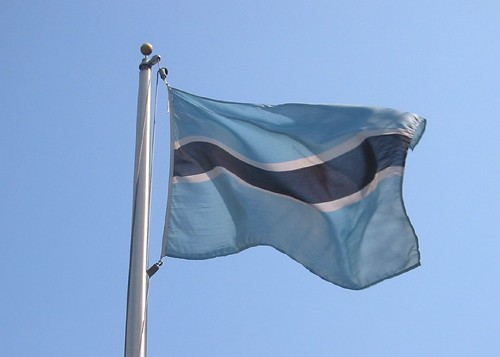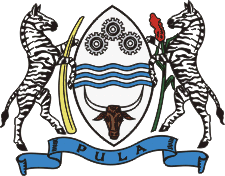Continued from Parts 1-3 below.
The singing of “Kumbayah” continued.
The choir comprised a hundred sundry Baylor doctors, nurses, social workers, receptionists, translators, parents, grandparents, aunts, uncles and children. Represented countries, in addition to Botswana, included Kenya, Uganda, Zimbabwe, and South Africa. Oh, and Texas.
“Someone’s singing Lord, Kumbayah.”
I thought briefly of my sister and her husband in New Orleans, where Cajun, French-soaked accents once melted the words “come by here” together. Sarah and Alan, previously in the Peace Corps in Nicaragua, are now in medical school. They are going into global health, and they are going to have a baby soon. What a lucky child that will be. All of the bedtime stories and apples she wants.
I thought of my brother Nick, a musician touring from his hub in NY, NY, where he volunteers for
Musicians on Call , a non-profit that sends performers to the bedsides of the sick and dying. I wondered if they ever sing Kumbayah. That is probably the song I would choose to hear.
Looking at the children in the clinic lobby as they looked back at me, I thought about other songs that I used to sing as a child. One started with the words “I’ve got the peace that passes understanding down in my heart to stay.” I never understood the song and always thought that we were singing about Tuesday, and wondered why the other six days were different. As I was growing up, my mother, a pediatrician, used to have Tuesdays off from the hospital, so I thought maybe that was it.
Today, at almost 34 years old, I do not know who that songwriter was who stated that he's/she's got 24-7 transcendental peace, but I can say with confidence that I am not quite there, not on Tuesday, Wednesday, or any other day. Not even most Sundays. I am, like many, virtually peace-free most of any given week's seven days, craving respite while at the same time reveling in the clarity and motivation provided by peacelessness.
As the last verse of “Kumbayah” was underway, I thought of another song from my childhood, one that I liked a lot, one that I had not sung in many years. Then suddenly it was my turn to speak. I said hello and asked if I could sing that song. The answer was an enthusiastic yes. (This is no wonder: A solo from a pallid foreign guy wearing a white collar shirt and tie is guaranteed entertainment.)
I began with the words, “This is the day,” my mediocre singing voice bouncing off the windows and concrete walls of the clinic lobby. Many of our 85 clinic staff attend the morning prayer, and were standing behind me. A few of them, recognizing the song, repeated the lyrics “[This is the day]” This made me very happy, and I continued.
“…That the Lord has made.” [That the Lord has made]
“Let us rejoice.” [Let us rejoice]
“And be glad in it.” [And be glad in it.]
And then, as the song indicates, I repeated the verses.
Then there was quiet. The audience, satisfied by the spectacle, clapped for us.
And so for a few minutes in the packed lobby of an HIV clinic in Botswana, someone was singing. While I do not know if God came by as we had requested that morning, I can say this:
In our impoverished, unjust, sick, hurtful, love-hungry world, sun, rain, and family are not always provided in the proportions we’d like. Health, food, friendship, even love sometimes disappoints. The peace that is said to pass understanding, that peace that we crave, often passes us by for reasons we don’t understand. No matter how many books, chapters, and verses we read, no matter how many songs we sing, peace is a hard thing to chase down.
Yet, no matter how garbled or offtune our words, and no matter how seemingly senseless our lyrics, the songs matter, and we must sing them. We must sing them with others. We must sing them to others, especially in their darkest hour. When alone in life’s throes, we must sing them to ourselves. We must work like heck to ensure that the chorus remains healthy and able to sing along. We should see that our children live long enough to learn the words and join in.
To me, it seems likely that one of the reasons that God goes through the trouble of making more days is to give us an opportunity to do this.
Fortunately, it is also a lot of fun.
* While writing about the song with the lyrics “the peace that passes understanding,” I read that the words come from the biblical verse Philipians 4:7. The book reportedly took its name from Philip, the famous king of Macedon(ia). My last name Phelps is derived from Philip, which is neither here nor there except that I had always been told that this was an English name derived from the Greek name Philippos which means "friend of horses" (philos="friend"; hippos="horse”). Now, despite being Texan, I have feared riding since my sister’s horse "Fido" tried to rub me off on a tree out by the Phelps barn in the early 90s. I am therefore relieved that there is a non-secular, regal genealogy that I can claim as an alternative. Given that everyone here in Africa, upon meeting me, immediately asks me if I am swimmer Michael Phelps' brother, and given that I almost always indulge them and say yes, I suppose that it does not much matter.

















